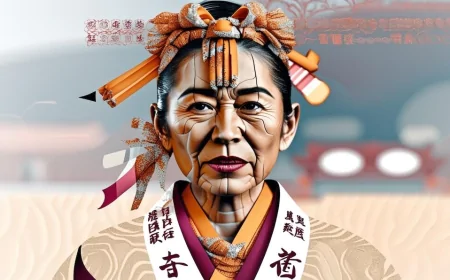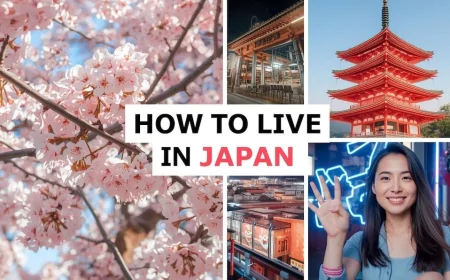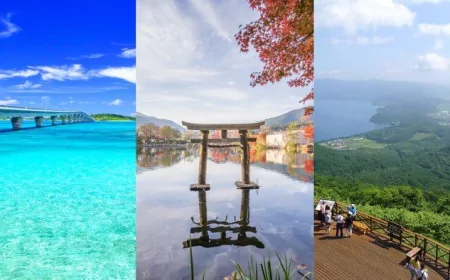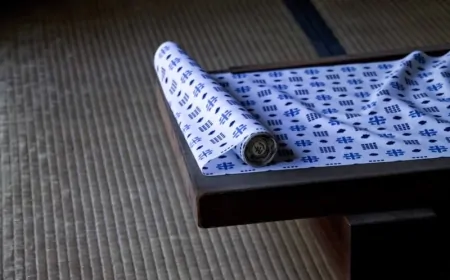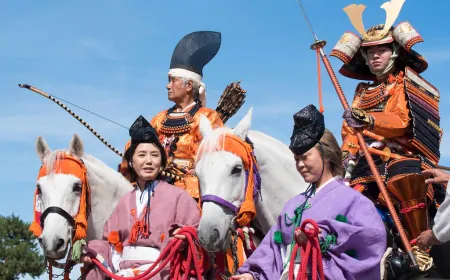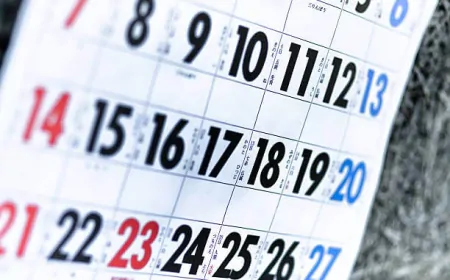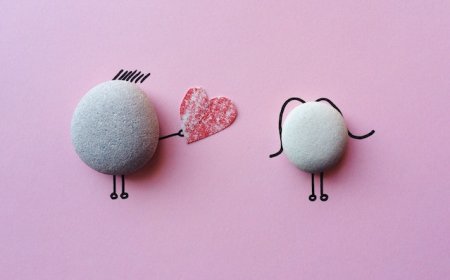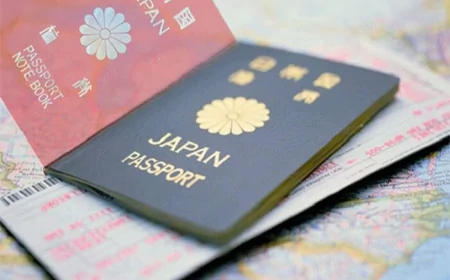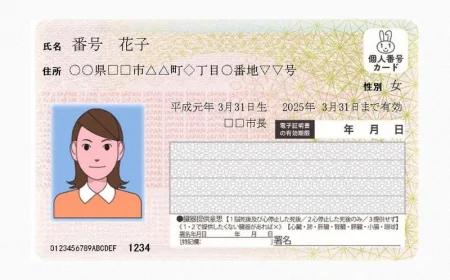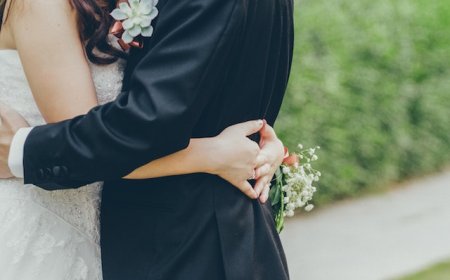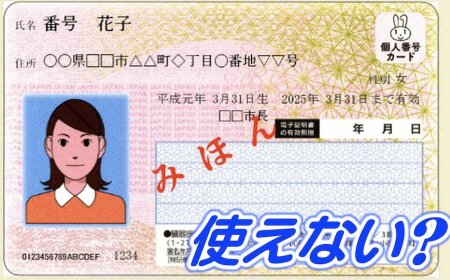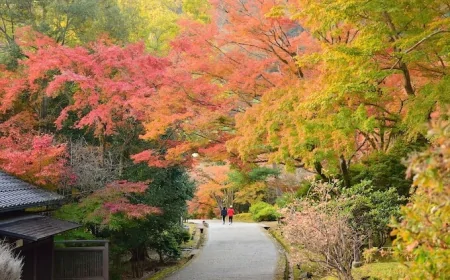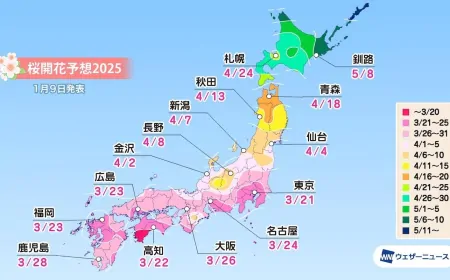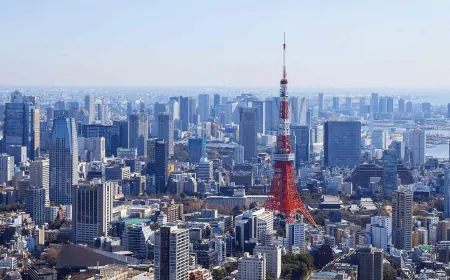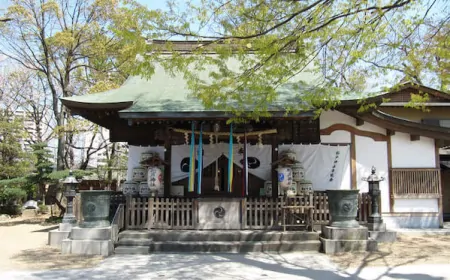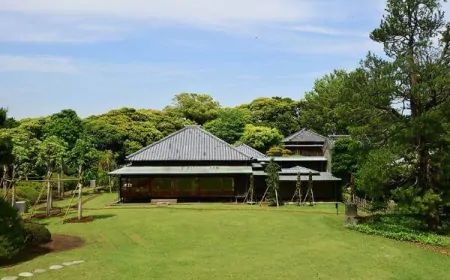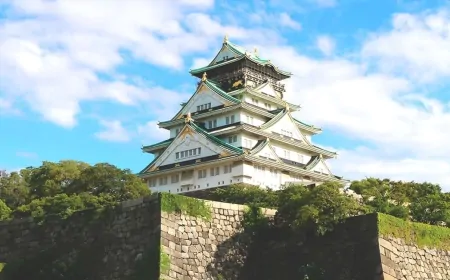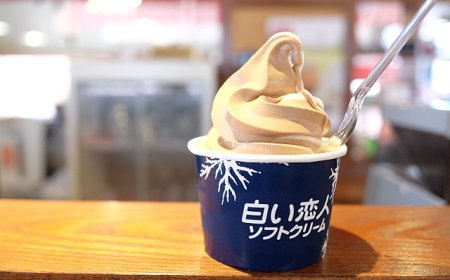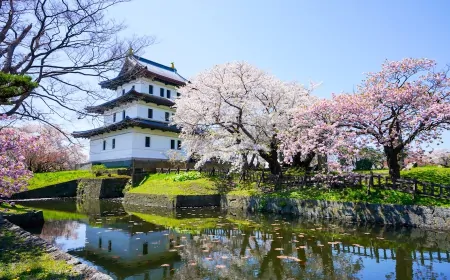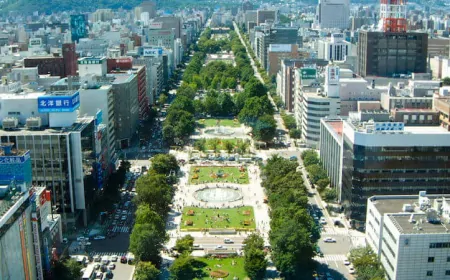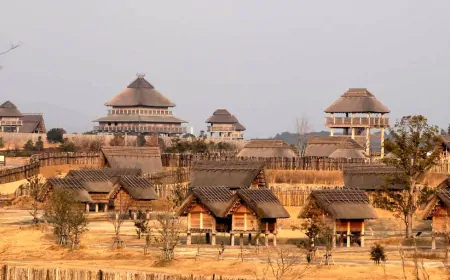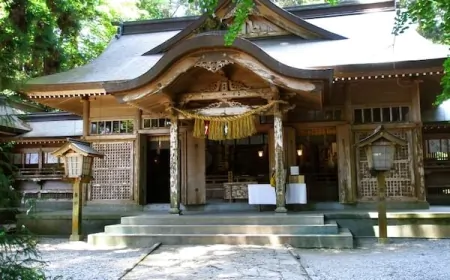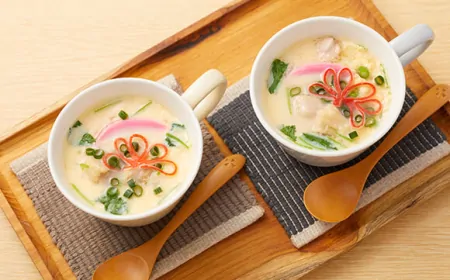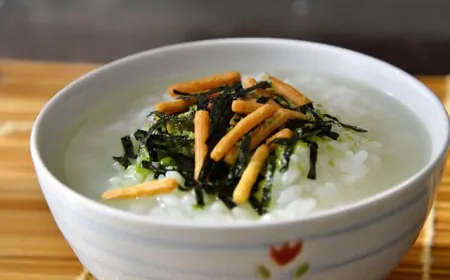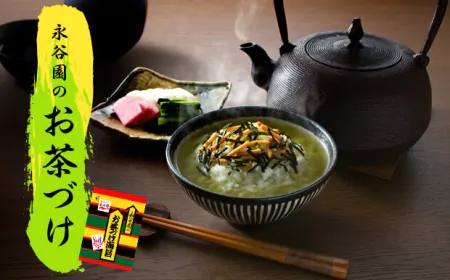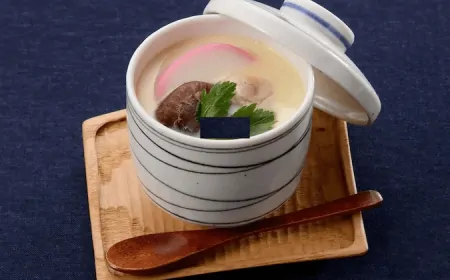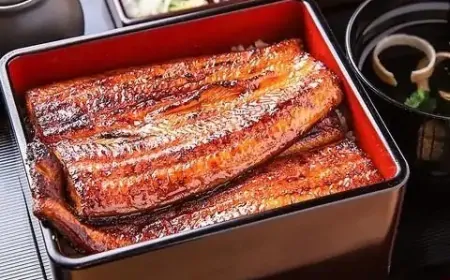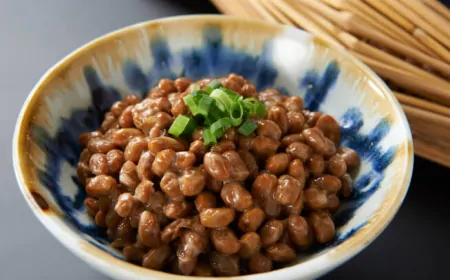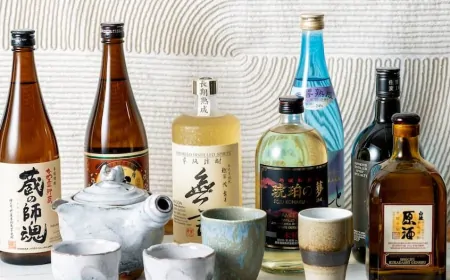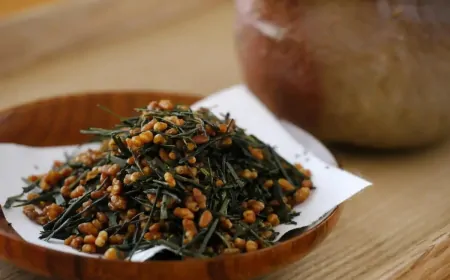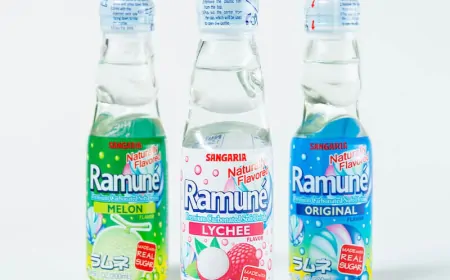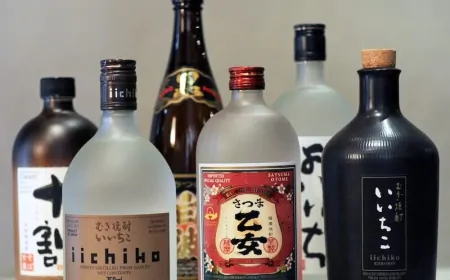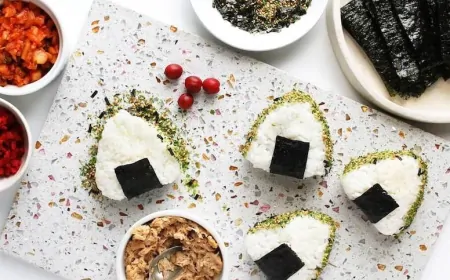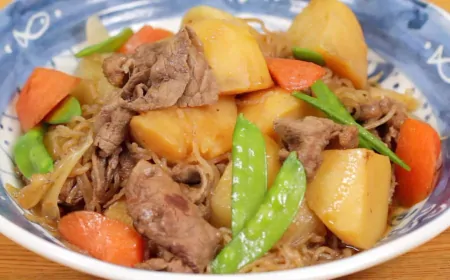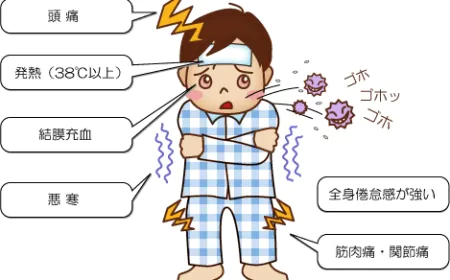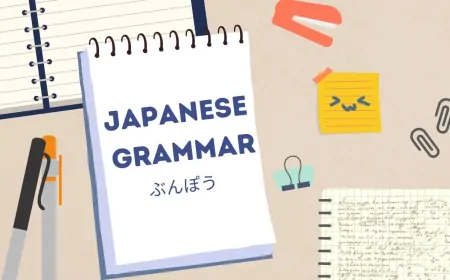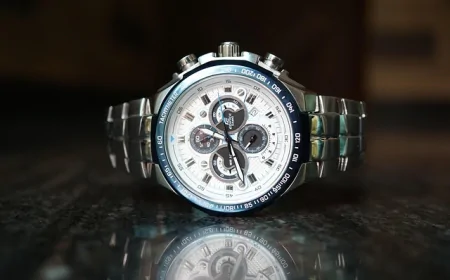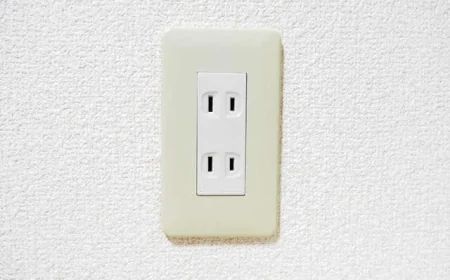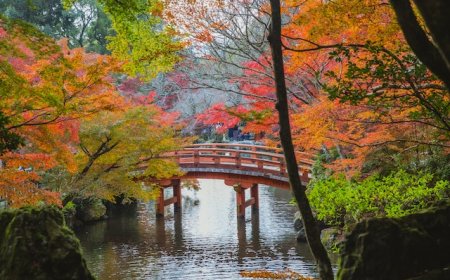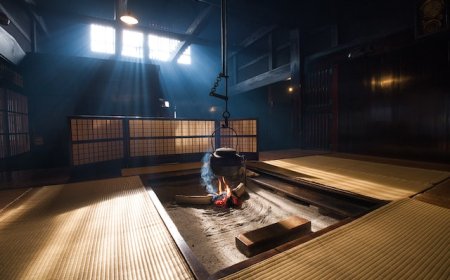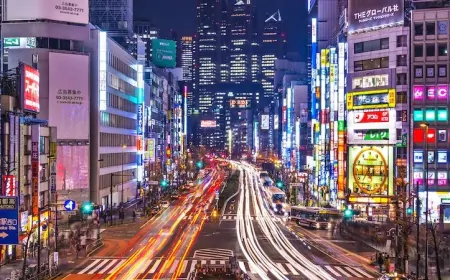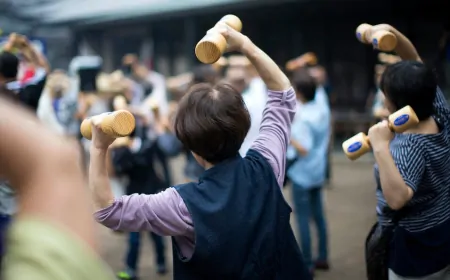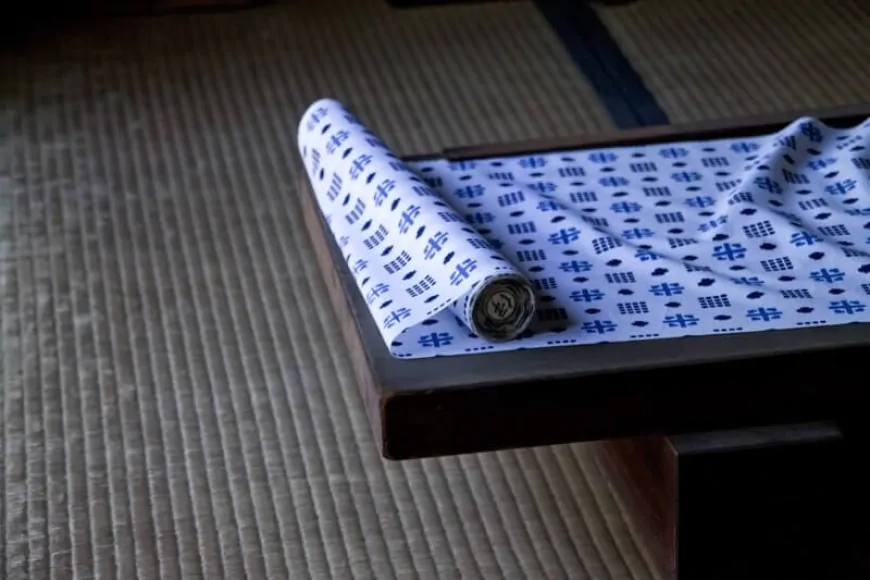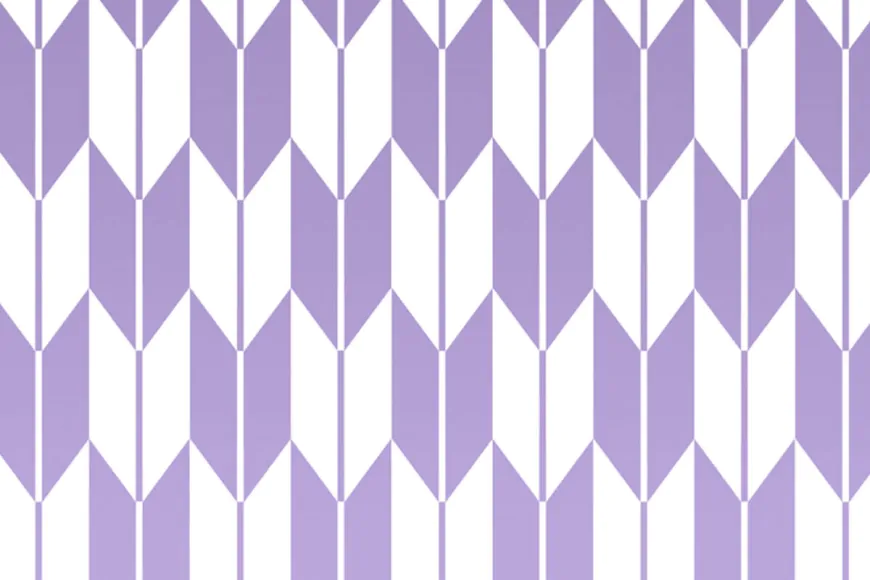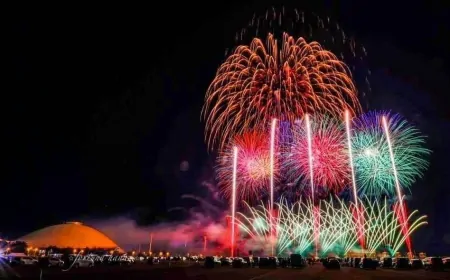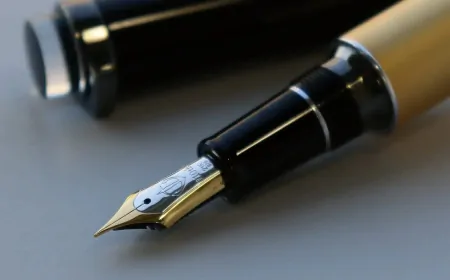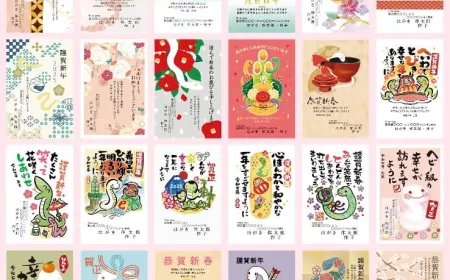Wagara and the Hidden Meaning
Japanese Wagara (patterns) are traditional patterns that reflect Japanese history and culture, each pattern has a profound meaning.
Wagara is one of the traditional Japanese patterns and an important element with hundreds of years of history and culture. These Wagara reflect the lifestyle, beliefs and views of nature of the Japanese people and are used in many different situations, including kimono, family crests and architecture.
Japanese Wagara are attractive not only for their beauty but also for the meaning and historical context contained in each pattern. In this article, we will explore in detail the typical types of Japanese patterns, their meanings as well as the role of Japanese patterns in modern times.
1. History of Japanese Patterns
The history of Japanese Wagara dates back to ancient Japan. At first, it was influenced by China, and the Buddhist pattern of the Nara period (710-794) became the basis for its development. During the Heian period (794-1185), Japanese patterns spread to aristocratic society, and during the Muromachi period (1336-1573), cultures such as tea ceremony and Nohgaku flourished, and Japanese patterns became even more diverse.
2. Typical Japanese Wagara Patterns and Their Meanings
- Seigaiha
Seigaiha (Blue Sea Wave) is a pattern that symbolizes spreading waves and symbolizes endless peace and prosperity. This pattern symbolizes the wish for eternal happiness and peace, as the waves continue without stopping. - Asanoha
The hexagonal shape of the hemp leaves imitates the shape of the hemp leaves. Hemp is a fast-growing and vigorous plant, so the hemp leaf pattern symbolizes healthy growth and strong vitality. It is also believed to have a protective effect. - Yagasuri
Yakasuri has an arrow-like feather pattern, which means moving straight towards your target. This pattern is considered auspicious and is often used on wedding kimonos. - Umebachi
The bowl of plum blossoms is a pattern that represents plum blossoms. Since plum blossoms bloom at the end of winter, they are symbolic of overcoming difficult times and welcoming new beginnings. It is especially used in connection with a new year or a new beginning. - Shippo
Shippo is a pattern of connected circles, symbolizing infinite connection and harmony. This pattern is often used in weddings and other celebratory events to represent peace, eternal friendship and love between people.
3. The Role of Modern Japanese Wagara
- Fashion
In modern times, Japanese Wagara is not only incorporated into traditional kimonos but also into fashion items such as clothing and accessories. In particular, modern designs with Japanese patterns are highly regarded both domestically and internationally and are widely accepted as part of fashion. - Interior Design
Japanese Wagara is also often used in interior design. By incorporating Japanese motifs into wallpapers, curtains, cushion covers, etc., you can create a Japanese atmosphere and bring a unique, peaceful beauty to your space. - Product Design
Japanese Wagara is also frequently used in modern product design. For example, more and more products incorporate Japanese motifs into everyday life, such as tableware, stationery, and smartphone cases. This creates new value by combining the traditional beauty of Japanese patterns with modern functionality. - Tourism
Japanese Wagara also plays an important role in the tourism industry. For foreign visitors to Japan, Japanese patterns are symbols of Japanese culture and are popular as souvenirs. In particular, hand towels, folding fans, and furoshiki decorated with Japanese patterns are highly valued as typical Japanese souvenirs.
Japanese Wagara continue to challenge new designs and uses while preserving traditions. In particular, with the development of digital technology, Japanese Wagara designs are expected to become more diverse and developed on a global scale. Japanese Wagara will continue to be an important element of Japanese culture and will continue to convey their beauty and meaning to the world.
Japanese Wagara are traditional patterns that reflect Japanese history and culture, each pattern has a deep meaning. By understanding the meaning of typical Japanese motifs such as Qinghai waves, ramie leaves, kasuri arrows, plum bowls... you will gain a deeper understanding of Japanese culture.
Related Products








